The true history of Dr. Garden and Gardenia
shic_2006
18 years ago
Related Stories

FUN HOUZZ31 True Tales of Remodeling Gone Wild
Drugs, sex, excess — the home design industry is rife with stories that will blow your mind, or at least leave you scratching your head
Full Story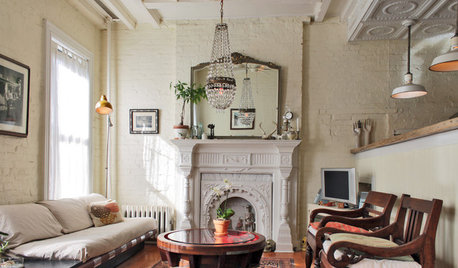
ECLECTIC STYLE5 Reasons to Hit That Secondhand Store
New things have their place, but old things have a history and beauty all their own
Full Story
GARDENING GUIDESGarden Myths to Debunk as You Dig This Fall and Rest Over Winter
Termites hate wood mulch, don’t amend soil for trees, avoid gravel in planters — and more nuggets of garden wisdom
Full Story
GARDENING GUIDESNew Ways to Think About All That Mulch in the Garden
Before you go making a mountain out of a mulch hill, learn the facts about what your plants and soil really want
Full Story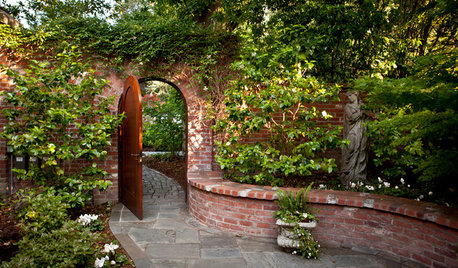
LANDSCAPE DESIGN10 Ways to Create a Romantic Garden
Delve into a sensual garden design that sings of love and speaks to the senses
Full Story
GARDENING GUIDES6 Plants That Beat Butterfly Bush for the Wildlife Draw
It's invasive, a nonnative and a poor insect magnet. Check out these better alternatives to butterfly bush in the garden
Full Story
GARDENING GUIDES10 Top Native Plants for the U.S. Southeast
For a low-maintenance and wildlife-friendly landscape, use Southern natives that withstand heat and humidity
Full Story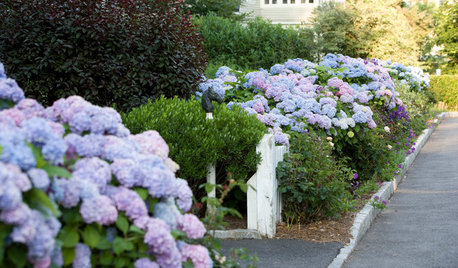
FLOWERSWhy You Should Give Hydrangeas a Place in Your Yard
The exuberant mop-headed beauties evoke dreams of an endless summer by the sea
Full Story
LANDSCAPE DESIGNGet Along With Less Lawn — Ideas to Save Water and Effort
Ditch the mower and lower your water bill while creating a feast for the eyes with diverse plantings and gathering places
Full Story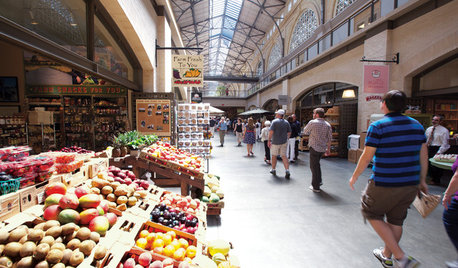
CITY GUIDESTravel Guide: San Francisco for Design Lovers
Visionary architecture, great museums, amazing food and shops — you don't have to leave your heart here to take inspiration home
Full StoryMore Discussions






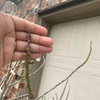
longriver
shic_2006Original Author
Related Professionals
Windham Landscape Architects & Landscape Designers · Oatfield Landscape Architects & Landscape Designers · Suffern Landscape Architects & Landscape Designers · Mooresville Landscape Contractors · Matthews Landscape Contractors · Bridgeview Landscape Contractors · Brookfield Landscape Contractors · Fairfield Landscape Contractors · Live Oak Landscape Contractors · Milford Mill Landscape Contractors · New Cassel Landscape Contractors · Newberg Landscape Contractors · West Palm Beach Landscape Contractors · Winchester Landscape Contractors · Phoenix Swimming Pool Builders